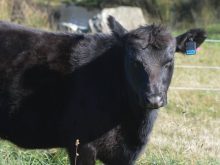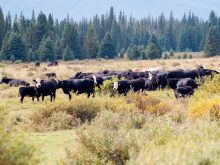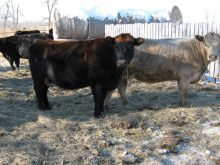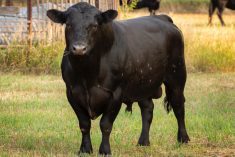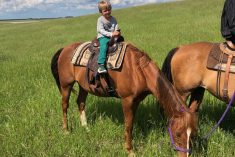Beef bulls make up only a small portion of the average beef herd, yet contribute to nearly all its genetic progress. Such responsibility dictates that we want to give bulls the best possible chance to be fertile and healthy, just before being released onto breeding pastures. This means that certain nutritional goals must be met for them to carry out their duties, which lead to the commercial success of the cow-calf operation.
The first goal of preparing breeding bulls is to assure that mature bulls maintain a body condition score (BCS) of 5.0-6.0 (1.0 being thin and 9.0 being obese) by the breeding season. That’s because beef bulls in good body condition are the most fertile (highest vital sperm count) and have the highest libido (sex drive.) In addition, sexually active bulls lose 150 to 300 pounds by the end of the breeding season. Once they are pulled, we want to put them on a sound post-breeding feeding program that recovers lost weight and condition.
Read Also
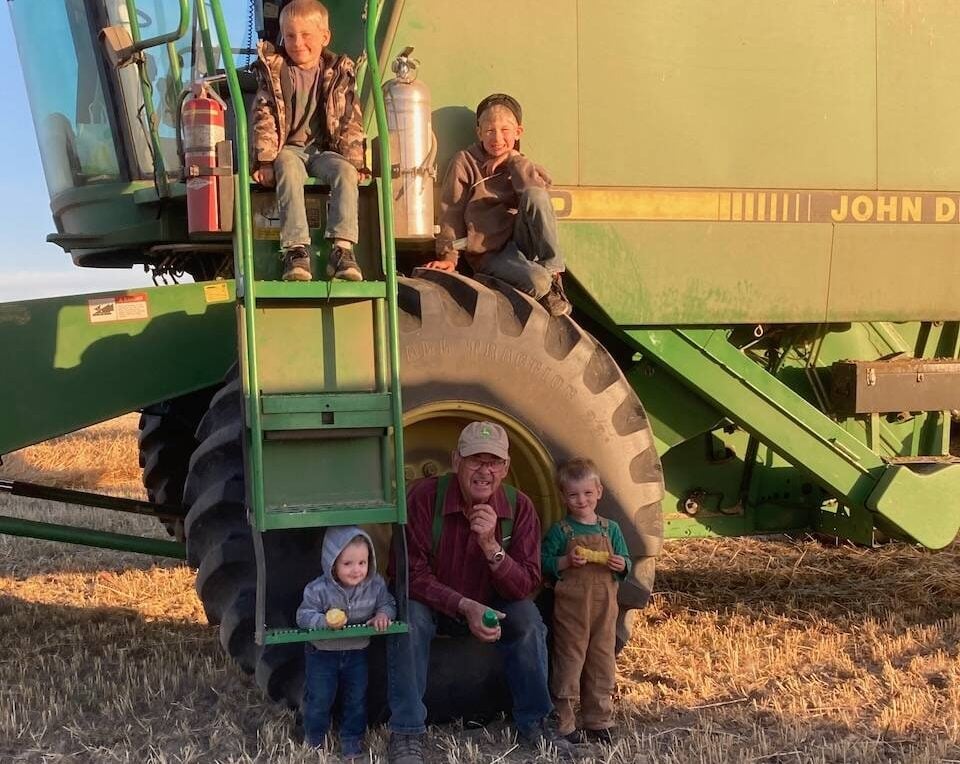
Harvest wraps up and fall work begins
At the Eppich famly ranch in western Saskatchewan, the fall harvest was successful with few breakdowns, cows and calves have been sorted and a new tractor has arrived
Proper weight range
Another goal of preparing breeding bulls is segregating new yearlings and returning two-year-olds from mature bulls and feeding them for an optimum 5.5 to 6.0 BCS, but also allowing them to gain weight into maturity. For example, if a group of herd mature bulls are 2,000 lbs., we want yearling bulls to weigh about 1,300 lbs. (65 per cent of mature weight) and two-year-olds to weigh about 1,500 lbs. (75 to 80 per cent of mature weight) at the beginning of the breeding season. This growth rate of the yearlings is largely based on their adjusted autumn-weaning weight, while two-year bull performance depends upon weight loss recovery at the end of their first breeding season. In both cases, this weight gain is estimated to be about two to three lbs. per head daily.
Therefore, mature bulls (three years and older) that come out of the previous breeding season in fairly good shape can be maintained on all-roughage diet of medium- to good-quality forages of 58 to 60 per cent TDN and 12 to 14 per cent crude protein. Yearlings and returning two-year-olds should achieve optimum BCS plus gain a couple of pounds per day by consuming a higher plane of nutrition, namely 62 to 65 per cent TDN and 13 to 14 per cent crude protein, found in good-quality forage supplemented with a few kilos of grain.
The only roadblock in meeting these NRC-based energy requirements is that most breeding bulls are overwintered for about five months, which is before spring calving/breeding seasons. Therefore, these modest energy requirements tend to skyrocket, particularly in January and February. I’ve talked to a few Prairie beef producers that calve their cow herds in early March to the end of April. I asked them how they prepare their beef bulls for the breeding season, particularly given this year’s winter is extremely cold. Here are some of their suggestions:
- A 250-head cow herd, nine to 10 bulls: Mature bulls are fed good-quality alfalfa hay only. Yearling bulls and two-year-olds get 30 lbs. of barley/corn silage plus a 14 per cent grain ration. All bulls get a 2:1 breeder mineral fortified with extra trace minerals and vitamins. All animals are well-bedded with straw and have good shelter.
- A 130-head cow herd: Four mature bulls get oat and barley, baled/wrapped greenfeed and no grain is fed. Three to four yearlings to two-year-olds have access to these forages plus a few kilos of oat screening pellets. All bulls get a 2:1 cattle mineral with salt. All are kept in dry lots with a number of windbreaks, and are well-bedded with straw.
- A 270-head cow herd, nine to 10 bulls: All mature bulls are fed a mix of barley silage and hay. A 2:1 standard cattle mineral is provided. Older yearlings and two-year-olds get the same diet. All cattle are well-bedded with straw and have access to pole barns.
Once the winter weather subsides, the first two producers don’t change much of their bulls’ feeding program until they go to pasture. They might back off on the silage and screening pellets if their young bulls become over-conditioned. The third producer switches his yearlings and two-year-old bulls to the cow herd diet (barley silage with five lbs. grain, premix), just 60 days before their breeding season.
In each case, these beef producers feed what is tailored for their bulls. As a result, the well-being and high fertility of their bulls has a priceless and positive impact on their cow herd’s conception rates. Superior reproductive performance leads to greater profits.





